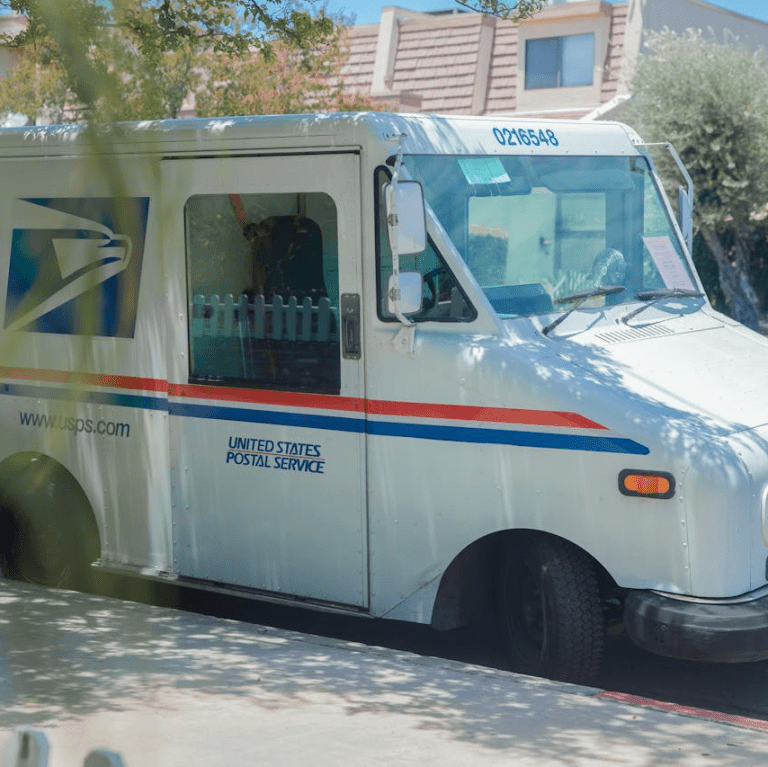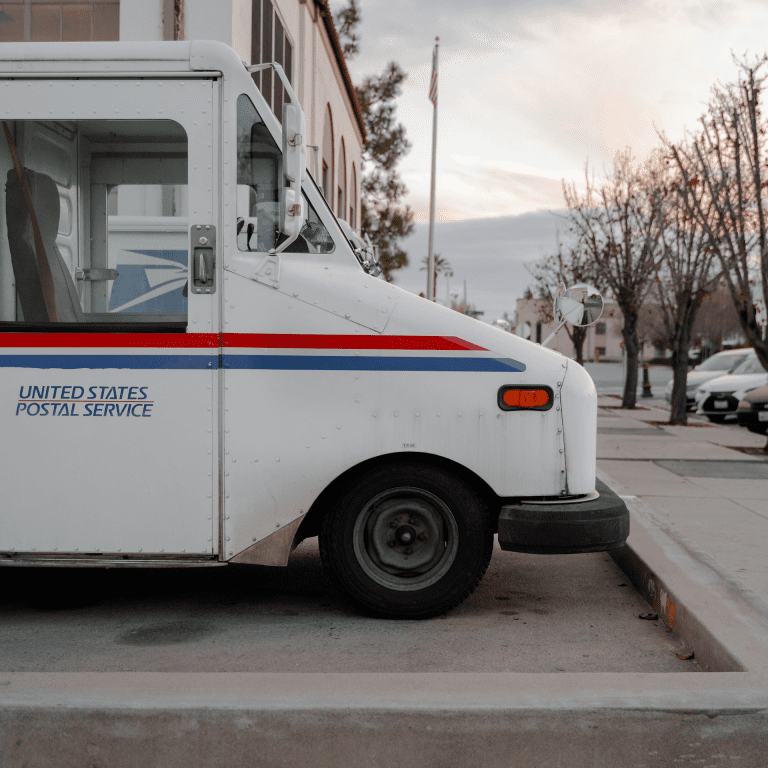Key Takeaways
-
In 2025, coinsurance under PSHB plans can lead to substantial out-of-pocket costs, especially for high-cost services. Understanding how percentages apply after deductibles is essential.
-
Having Medicare Part B can significantly reduce or even eliminate your coinsurance responsibilities under PSHB, but only if your provider accepts Medicare assignment and your PSHB plan coordinates properly.
What Coinsurance Actually Is Under PSHB in 2025
Coinsurance is not the same as a copay. While a copay is a fixed amount you pay for a service, coinsurance is a percentage of the total cost. Under the Postal Service Health Benefits (PSHB) Program in 2025, you may be responsible for coinsurance ranging from 10% to as high as 50%, depending on your plan and whether you use in-network or out-of-network providers.
Coinsurance kicks in after you’ve paid your deductible. That means you could be paying hundreds—or even thousands—before your coinsurance rates even begin to apply.
Key Coinsurance Ranges for 2025
-
In-network services: Typically 10% to 30%
-
Out-of-network services: Can range from 40% to 50%
-
Preventive care: Often covered at 100% in-network, but not always out-of-network
The wide range of coinsurance amounts makes it critical to review your plan’s brochure each year during the November–December Open Season.
Why Coinsurance Can Be a Surprise Even for Seasoned Retirees
Many retirees focus on premiums and deductibles but overlook how coinsurance adds up. Here’s why coinsurance can catch you off guard:
-
It’s based on total cost, not what the plan pays. A 20% coinsurance on a $4,000 bill is $800 out of your pocket.
-
It applies after your deductible. You could pay a $500 deductible, then owe 20% of the remaining $3,500.
-
Specialist and hospital services often trigger coinsurance. Copays may apply for primary care, but surgeries, hospital stays, and advanced imaging often involve coinsurance.
Understanding coinsurance is about knowing your share of the cost after the deductible, not just what you pay at the front desk.
2025 PSHB Out-of-Pocket Maximums: How Coinsurance Fits In
In 2025, your PSHB plan must cap your total in-network out-of-pocket costs at $7,500 (Self Only) or $15,000 (Self Plus One or Self and Family). This includes:
-
Deductibles
-
Coinsurance
-
Copayments
But be careful—these limits apply only to covered, in-network services. If you go out of network, you may face higher costs, and some may not count toward your out-of-pocket maximum at all.
How It Works:
If you undergo a major surgery that costs $20,000:
-
You pay your deductible first (e.g., $500)
-
Then coinsurance applies to the rest ($19,500)
-
If your plan has 20% coinsurance, you owe $3,900
Even though there’s a maximum, you can reach it quickly if you need extensive care.
Medicare and PSHB: A Powerful Duo for Reducing Coinsurance
If you’re 65 or older and enrolled in Medicare Part B, your coinsurance under a PSHB plan may drop significantly—or even disappear—when providers accept Medicare.
Many PSHB plans coordinate with Medicare in 2025 to do the following:
-
Waive deductibles
-
Eliminate or reduce coinsurance
-
Cap drug costs at $2,000 under Part D integration
However, this only works if:
-
You’re enrolled in both Medicare Part A and B
-
Your provider accepts Medicare assignment
-
You don’t enroll in a separate Medicare Advantage plan
It’s also worth noting that some PSHB plans offer reimbursements for your Medicare Part B premium. That’s additional savings that can indirectly help offset out-of-pocket costs.
When You’re Still at Risk for High Coinsurance Costs
Even with Medicare and a PSHB plan, you’re not completely immune. You may still face high coinsurance if:
-
You use out-of-network providers
-
You get care overseas or from non-Medicare providers
-
You’re not enrolled in Medicare Part B
-
You get non-covered services
Coinsurance isn’t just a Medicare issue. It applies to diagnostic imaging, outpatient surgery, hospital stays, and even durable medical equipment.
Don’t assume your coinsurance is small just because you’re retired and on Medicare. The type of service and where it’s delivered matters more.
Comparing In-Network and Out-of-Network Coinsurance
Choosing the right provider could save you thousands in 2025. Here’s how coinsurance works depending on provider status:
In-Network
-
Negotiated lower rates
-
Coinsurance typically between 10% and 30%
-
Counts toward your out-of-pocket maximum
Out-of-Network
-
No rate negotiation
-
Coinsurance ranges from 40% to 50%
-
May not count toward your out-of-pocket maximum
-
You might be balance billed for the difference between provider charges and plan allowance
Always confirm whether your provider is in-network before receiving care. Even emergency care can trigger higher coinsurance if the facility or provider is out of network.
Strategies to Reduce Coinsurance Under PSHB in 2025
You can reduce your coinsurance exposure with smart planning. Here are several ways to manage it:
-
Stay in-network: Confirm provider status before receiving care
-
Use Medicare Part B: Coordinate it with PSHB for reduced or no coinsurance
-
Review your plan’s Summary of Benefits: Know your coinsurance rates for different types of care
-
Use generic medications: Many PSHB Part D-integrated plans offer lower coinsurance for generics
-
Choose outpatient over inpatient services when possible: They often come with lower coinsurance
Taking these steps can protect your budget in 2025 when health care costs are rising and benefit coordination matters more than ever.
Reviewing Plan Documents During Open Season Matters More Than Ever
The PSHB Open Season runs from November to December each year. This is your only guaranteed chance to:
-
Switch to a plan with lower coinsurance
-
Add or drop Medicare Part B (if eligible)
-
Evaluate in-network provider coverage
Don’t assume your coinsurance terms will stay the same in 2025. Review the most recent plan brochures or use the PSHB comparison tools to check cost-sharing updates.
Look for language like:
-
“Waives coinsurance for Medicare-enrolled members”
-
“No cost-sharing after deductible when coordinated with Medicare”
-
“Separate out-of-pocket maximum for prescription drugs”
These phrases can signal real savings opportunities.
What You Need to Ask Before You Get Hit With High Coinsurance
Before a procedure or specialist visit, get answers to these questions:
-
Is the provider in-network under my PSHB plan?
-
Will the service be covered by Medicare?
-
What’s the coinsurance rate for this type of service?
-
Have I met my deductible?
-
Will this cost count toward my out-of-pocket maximum?
-
Am I at risk of balance billing?
Getting this clarity up front can save you from surprises and help you make more informed choices about where and how to receive care.
Understanding Coinsurance Helps You Make Smarter 2025 Choices
Coinsurance is easy to overlook but hard to ignore once a bill shows up. In 2025, with healthcare costs increasing and PSHB plans more closely aligned with Medicare, your understanding of coinsurance can directly affect your financial health.
Take the time during Open Season or before any major service to:
-
Review your plan’s cost-sharing structure
-
Check Medicare coordination details
-
Confirm provider network status
If you’re uncertain, get in touch with a licensed agent listed on this website for one-on-one help reviewing your options.










